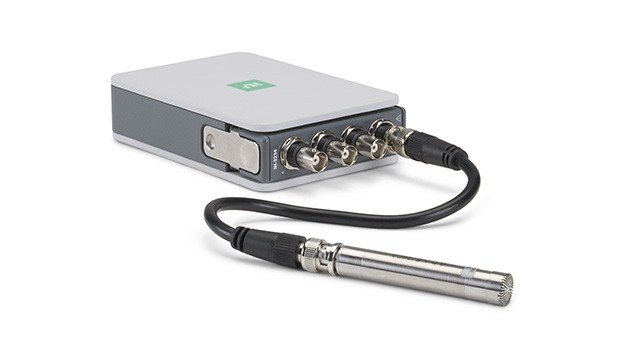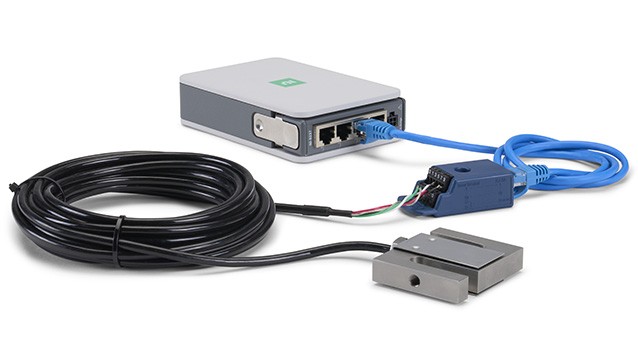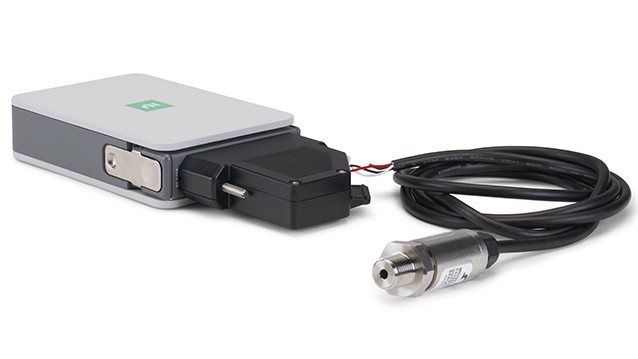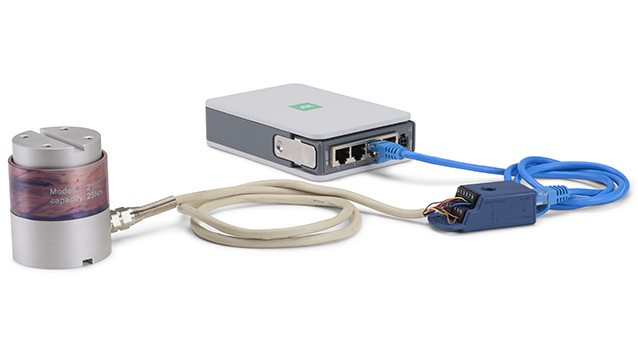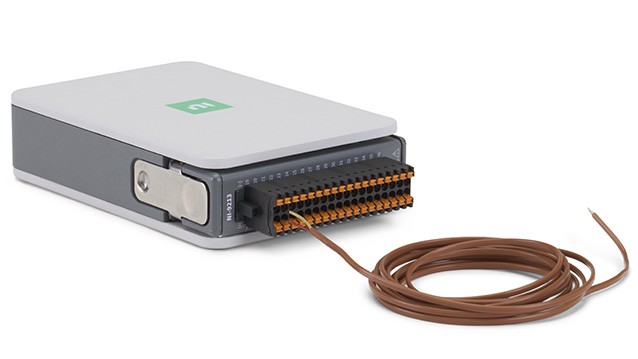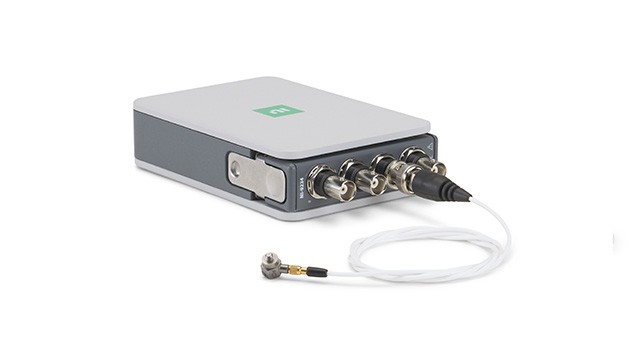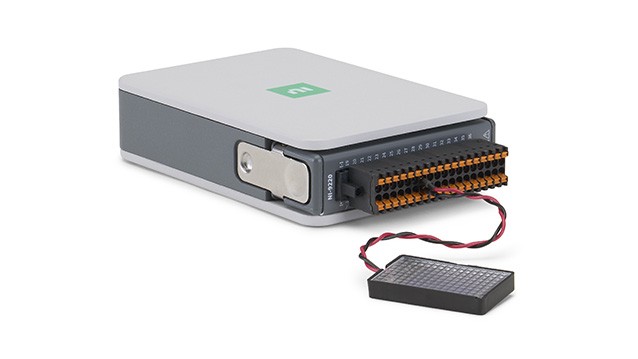Sound waves are created by pressure variations in the air. Microphones transform sound pressure into capacitive variations, which are then converted into an electrical voltage. Review the fundamentals of sound pressure, how microphones work, and how to choose the right type of microphone.
